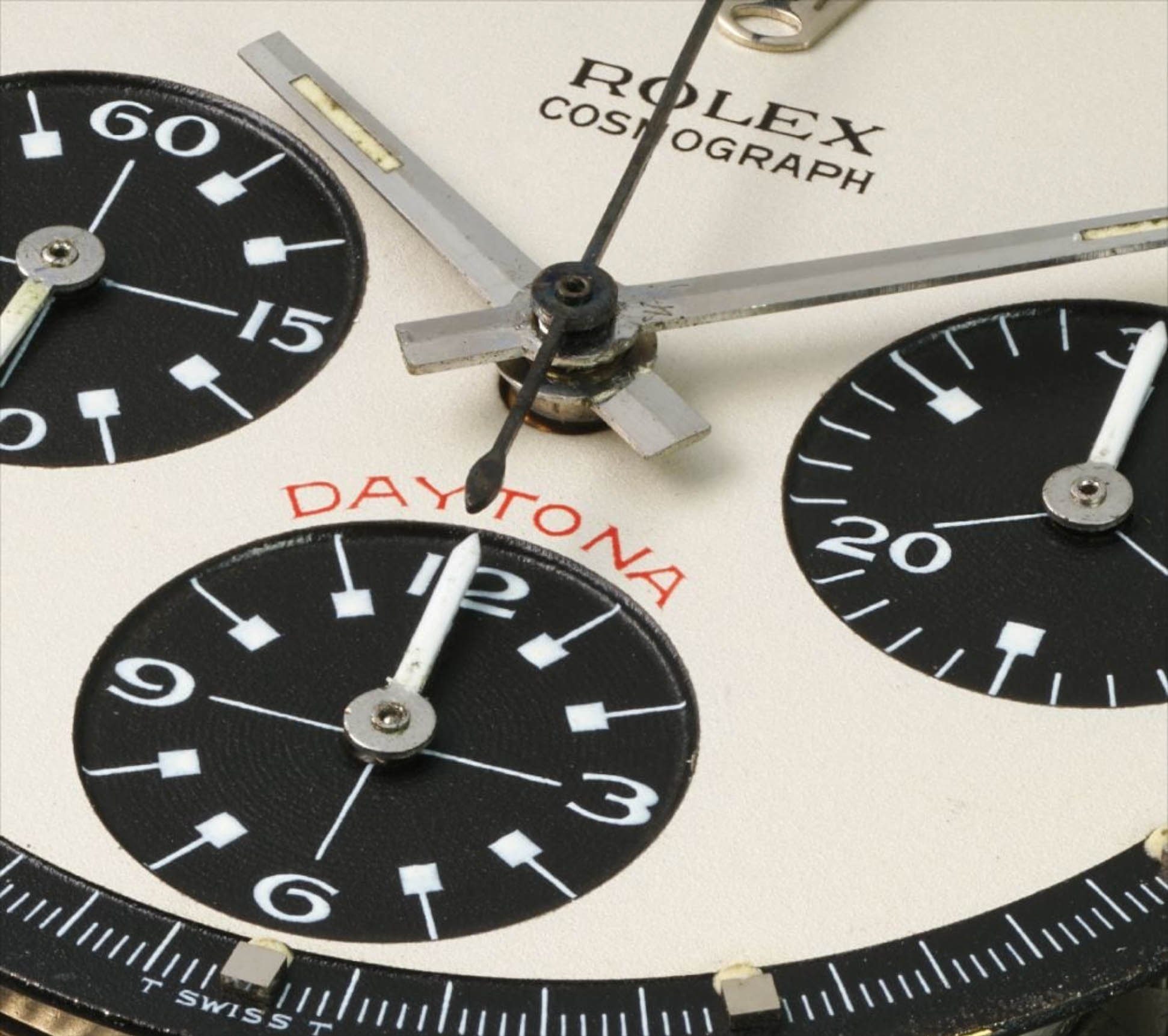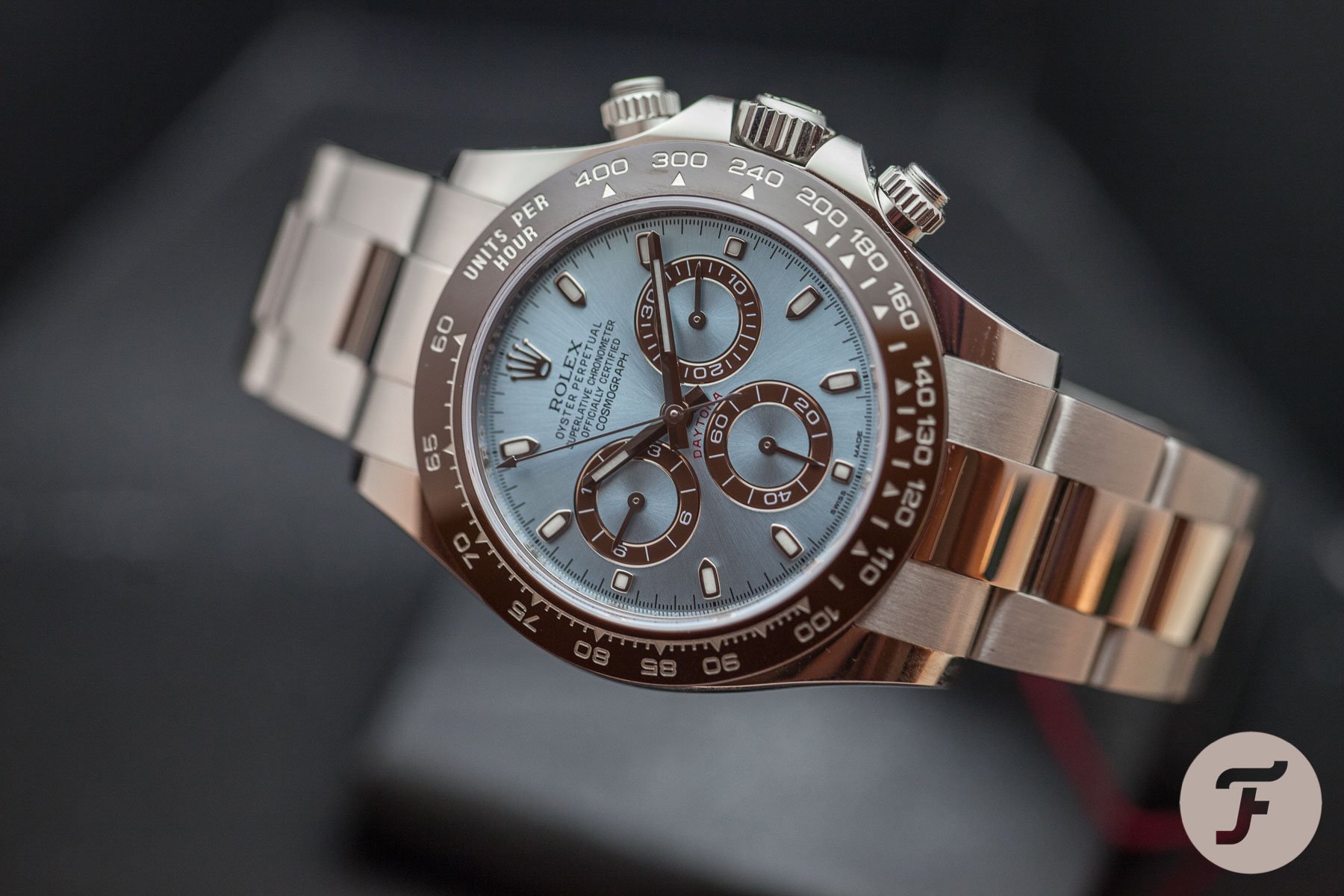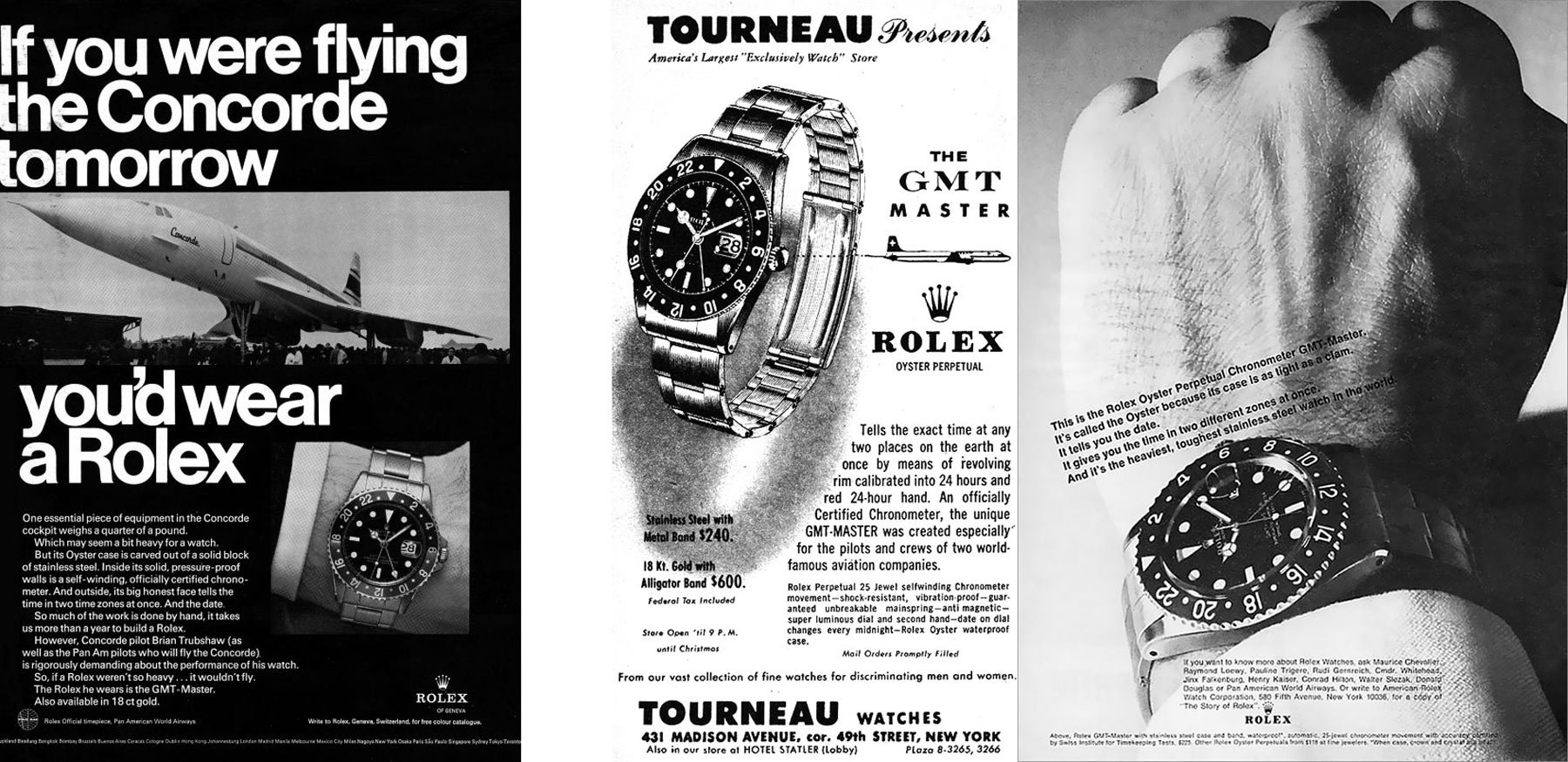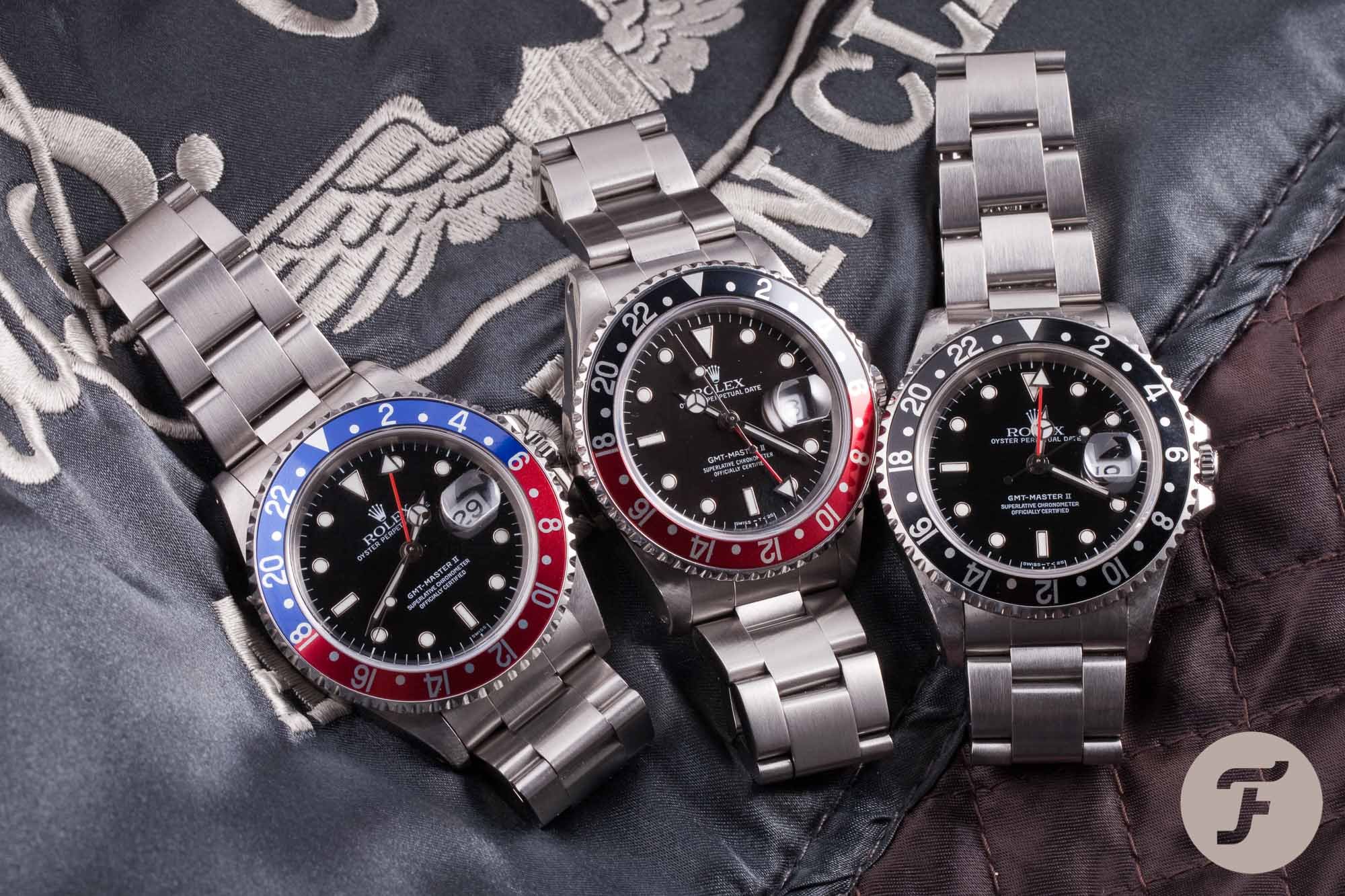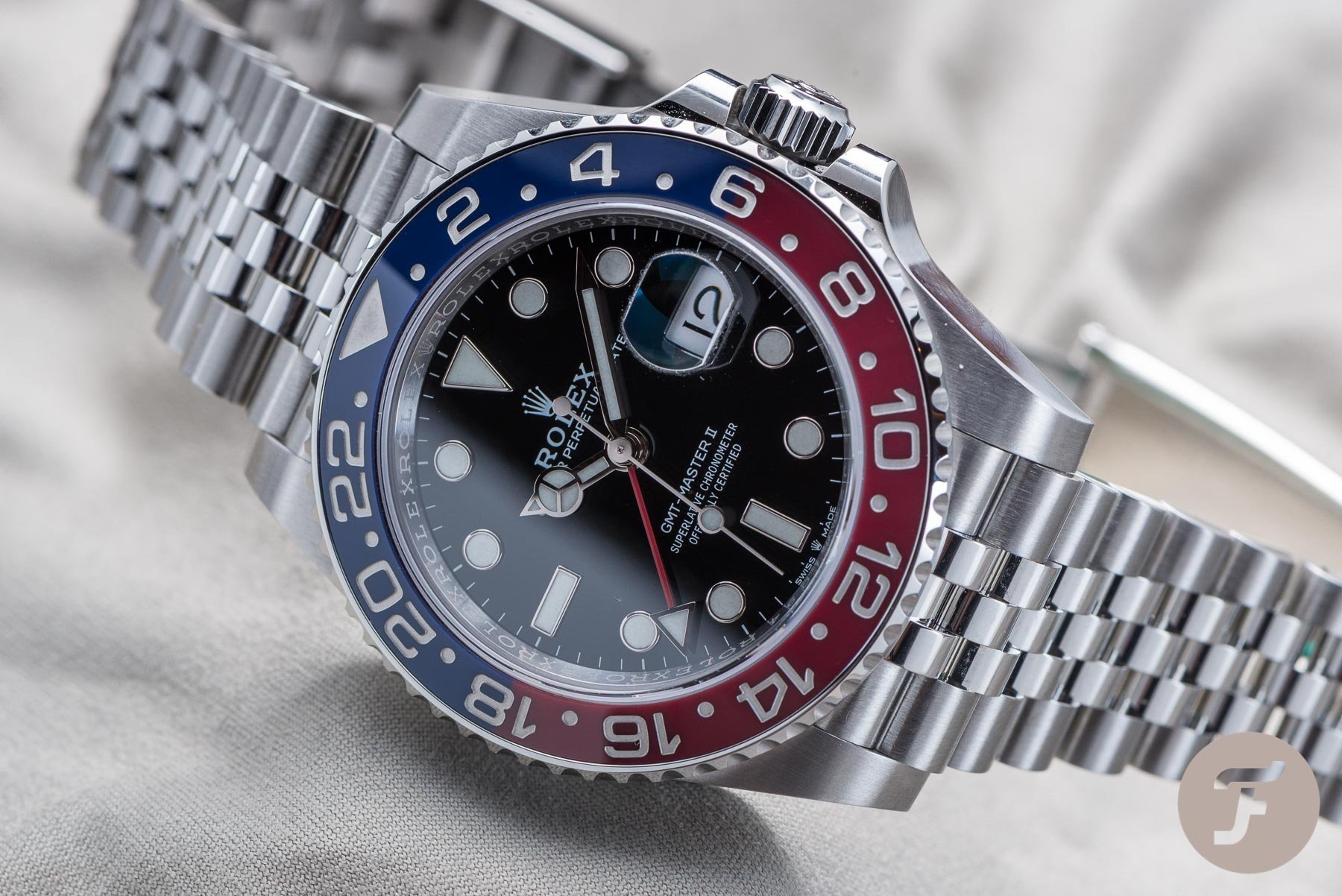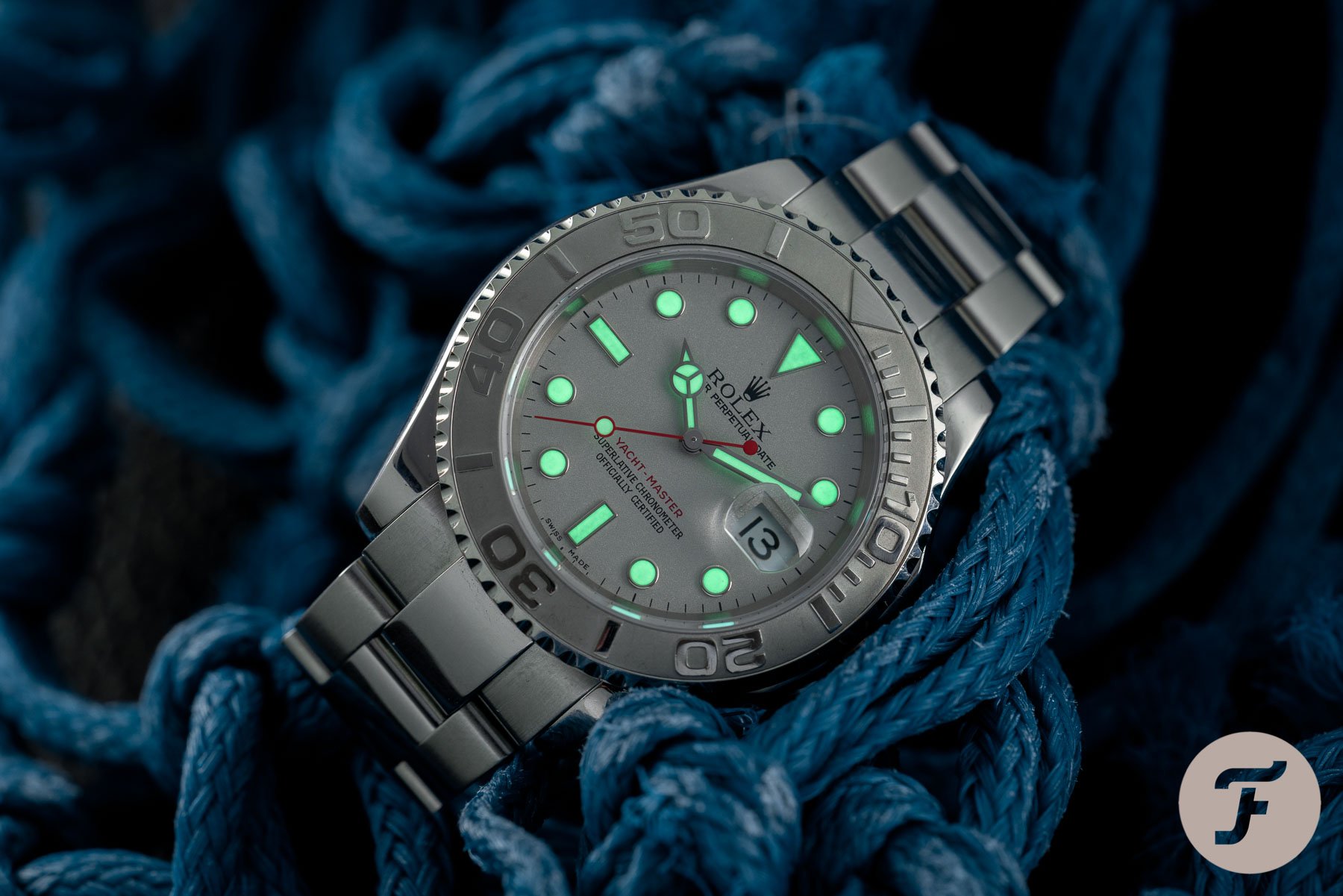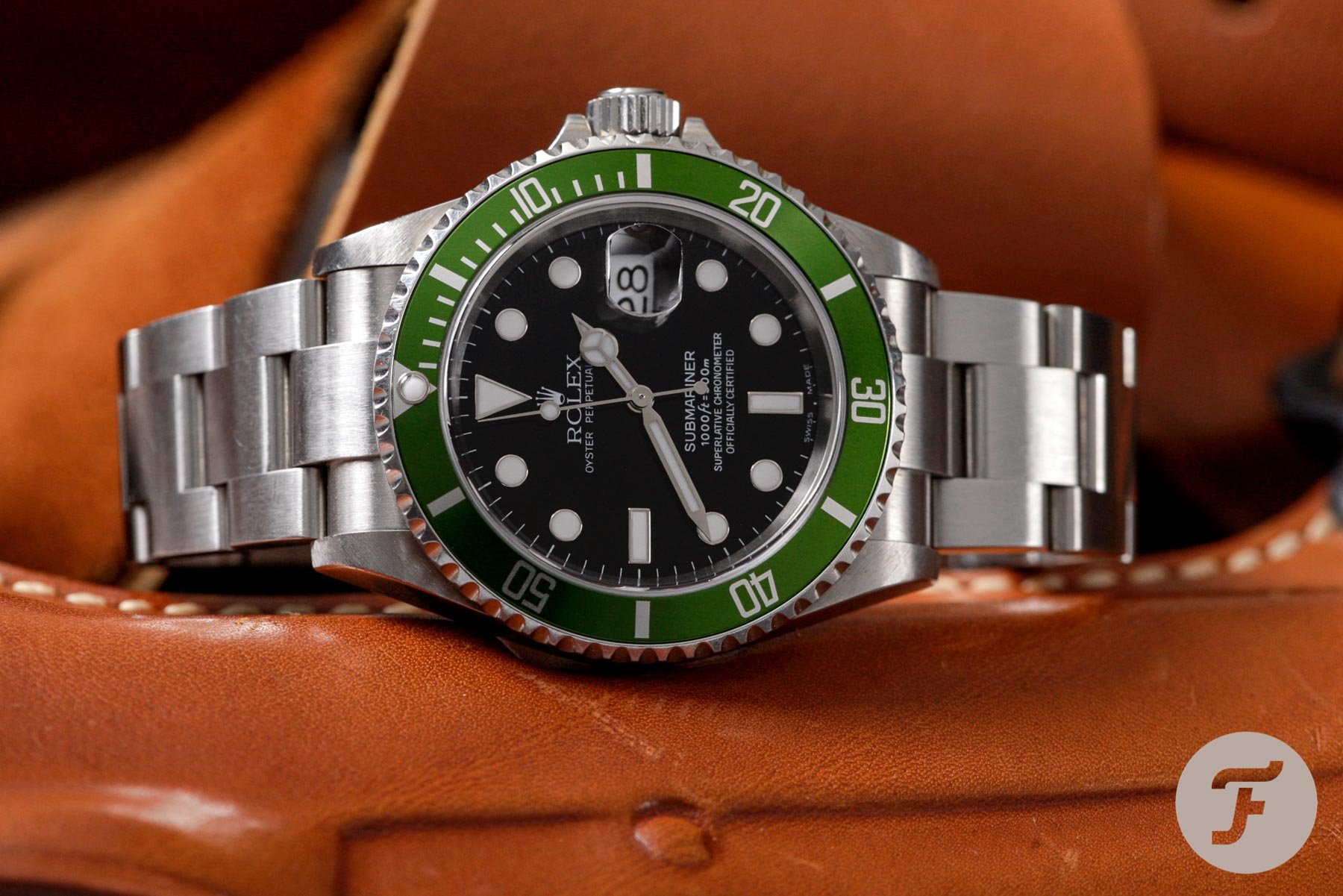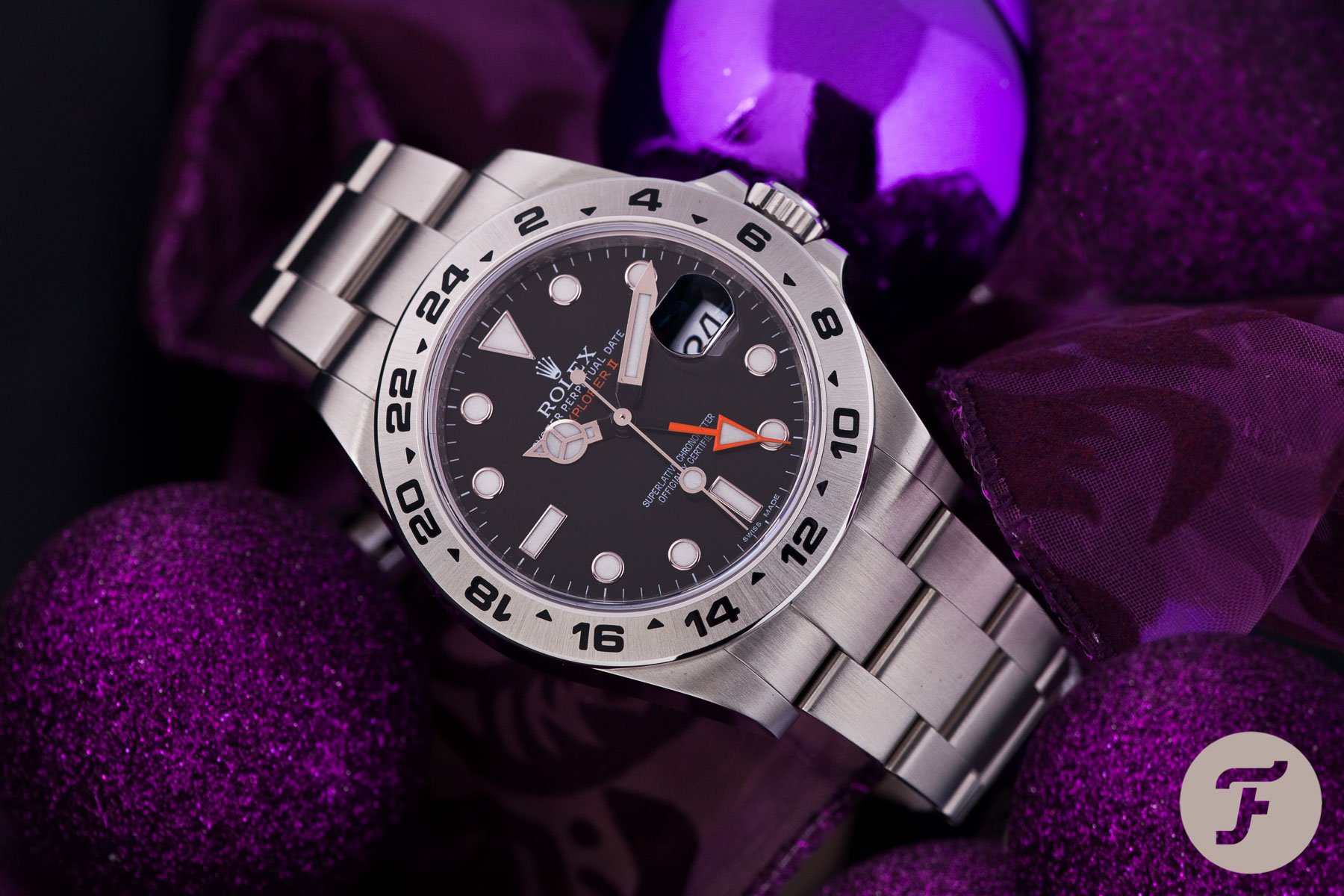Why Rolex Is No Longer A Watch Brand And What The Future Might Hold For It
As you can probably imagine, having long-winded, in-depth discussions about the watch industry, brand theory, and product particulars consumes a lot of our free time here at Fratello. But that’s not to say we don’t love it. Quite the contrary! Our passion for these nuanced chats paints a clear picture: we’re mad about simply everything to do with our hobby. One such conversation gave rise to this article, so I thought I’d share with you my thoughts on the current state of play at Rolex and what that might mean for the brand, its consumers, and the industry en masse in the future.
“Rolex is no longer a watch brand,” I said nonchalantly. I’ve been saying it for a couple of years and I often deliver this message with an air of import before scurrying off somewhere to hide from the inevitable follow-up questions. I’m not afraid of answering those follow-ups, but I do need to put aside a big chunk of my day to do so because when you open a can of worms this big, you’d better be prepared for what comes next. This time, however, I indulged myself:
“It’s something else. It’s bigger than pretty much all the other brands combined in the minds of anyone outside of the industry. For years, now (roughly a decade, I would say), the desire to own a Rolex has been largely separate from the design to own a watch. The brand is a symbol. It is status in a physical product (whatever that means). Trying to follow the Rolex blueprint is impossible on the same scale, for one very obvious reason: heritage. However, to think that no brand does what Rolex is doing on a micro-scale wouldn’t be entirely correct…”
A long time in the making
Let’s address the first point: Rolex has an esteemed history. It has been on the right side of innovations through its 116-year existence. The brand’s prestige is so powerful that, nowadays, it is often credited with inventing all manner of things it simply popularised. Was the Rolex Oyster case the first water-resistant housing? No, it was not. Was the Oyster Perpetual the first automatic wristwatch? Nope. Was the Datejust the first watch to use a cyclops? History suggests otherwise. But that same history has been rewritten by the victors, by the brand that survived, by the intelligent marketers that were true innovators when it came to advertising.
Rolex makes fantastic watches. Anyone who knows anything about watches knows that. That doesn’t mean you have to like them all, but any kind of Rolex bashing that doesn’t acknowledge that fact is pointless noise you can immediately discount. Better (relatively speaking), however, than the watches themselves is the way in which the brand has promoted them. Honestly, when you break down the material differentiation of Rolex watches and those of its peers (going all the way back to 1905), there is far less of a gap than there is when comparing Rolex’s marketing strategies with those regarded as competent in their day.
Without a doubt, the brand of Rolex is its strongest suit. And as much as the uninitiated might think that kind of thing can be created overnight or replicated ad nauseam, it cannot. No amount of money or copy-cat marketing can get you what Rolex earned. You might not like what the brand has become, but its power and scope are undeniable, and it attained both through simple and clever product positioning.
An entirely limited catalog
To the second point: how are brands emulating Rolex? On the surface, I suppose it looks like no brand out there is doing anything like Rolex with its strictly controlled supply chain. But that isn’t true at all. Pretty much every limited edition release is feeding on the same kind of emotions created by manufactured scarcity. What’s weird about Rolex is that their unlimited watches are effectively limited.
The key to success is accurately estimating demand, to come close to (but never exceeding) market penetration. While it is frustrating for customers, no brand wants to sell 100% of the products it could sell. To stoke the hype around the brand, it is better to sell 70, or 80%, perhaps. It’s a fine balance to strike as you doubt want more disgruntled would-be buyers than satisfied buyers, but you also don’t want to create too many pieces and risk diluting each piece’s perceived value.
And so if a brand thinks it could sell 100 pieces, perhaps it makes 75, sells out speedily, and then leverages the resulting desire for more to buoy its next release. No brand is better at perpetuating the cycle of hype than Rolex. Rolex makes close to a million watches a year despite almost certainly being able to sell double or triple that amount. But why would the brand want to do that? Once everyone has a Rolex, no one wants a Rolex. It’s essential to control the hoards of would-be luxury commodity purchasers otherwise a brand’s cachet can evaporate very quickly indeed. Another way Rolex does this is by controlling the gray market prices of its products…
Direct and indirect control
No, I am not accusing Rolex of having an active role in the gray market. Some of its dealers obviously do, but not the brand itself. On no, the way Rolex controls the gray market (and why) is a small slice of genius and it has everything to do with price point manipulation.
This all started bout ten years ago. Back then, you could walk into an AD and buy a Hulk out of the window, assuming the retailer was able to yank it out from under the mountain of dust it had been gathering after sitting there for a year or more. In those days, Rolex watches were expensive but they were in line with the rest of the market. Rolex wanted to change this but was fearful of leaving that price point entirely. The huge push of the Tudor brand created the necessary springboard for the Crown. Rolex prices eventually got to the point Rolex wanted them to be. By simultaneously controlling the supply of “preferential” models to dealers, Rolex was able to create demand, unlike anything we’ve ever seen in the watch industry.
When the gray and pre-loved markets exploded in Rolex’s favor, the brand completed its transformation from a watchmaker into a luxury commodity producer. Now, the brand was operating almost three distinct brands. Tudor and Rolex were under its direct control, but the Rolex Gray market remained under its indirect control.
Hands-off governance
Rolex enjoys the third price point created by the gray market, even though it doesn’t generate actual revenue for the brand directly. What it generates is cachet. It generates longing. It generates a fear of missing out so strong, that people will willingly sit on waiting lists for years for watches they can’t afford and will never see in the metal. But how long can this mad appreciation of Rolex pieces continue? Since 2018, we’ve seen a steeper climb of gray market and pre-loved prices than ever before, so will this carry on indefinitely?
No. It won’t. I’d expect the prices to plateau (soon). I don’t think the prices will ever fall back significantly, but Rolex surely doesn’t want them to go that much higher. If things were to continue at their current pace, the number of potential gray market Rolex customers would dwindle exponentially. I’m not convinced Rolex wants the only people able to afford a Rolex to be Sheikhs and Oligarchs, and so I am sure the brand will control the gray market prices from afar by releasing more of the desirable models when the prices threaten to go too high and to transform the watches from simple timepieces into “art products” that are hoarded by the super-rich and never worn.
You might think that sounds like Rolex’s dream, but I don’t think so. I believe Rolex’s preference to be a delicate (and deftly wrought) balance that convinces its consumer base that the watch is just a watch and is attainable, but that it is very hard to get one (and not because of price but because of availability).
Can this success be copied?
I don’t believe there is a shortcut to this kind of success or any realistic way to emulate this business model on a mass scale. Lots of things can be taken from it, however. Other big brands are experimenting with different modes of supply (take the “Limited production” Ed White and Snoopy III for example) to see what benefits they hold, but none of them can do what Rolex can because its strategy is not a “drag and drop” option. Rolex is Rolex because it is Rolex. It isn’t a watch brand; it’s a phenomenon. And for some deeply disturbing reason, despite knowing all this, I still want one. And perhaps, just possibly, you do too…

